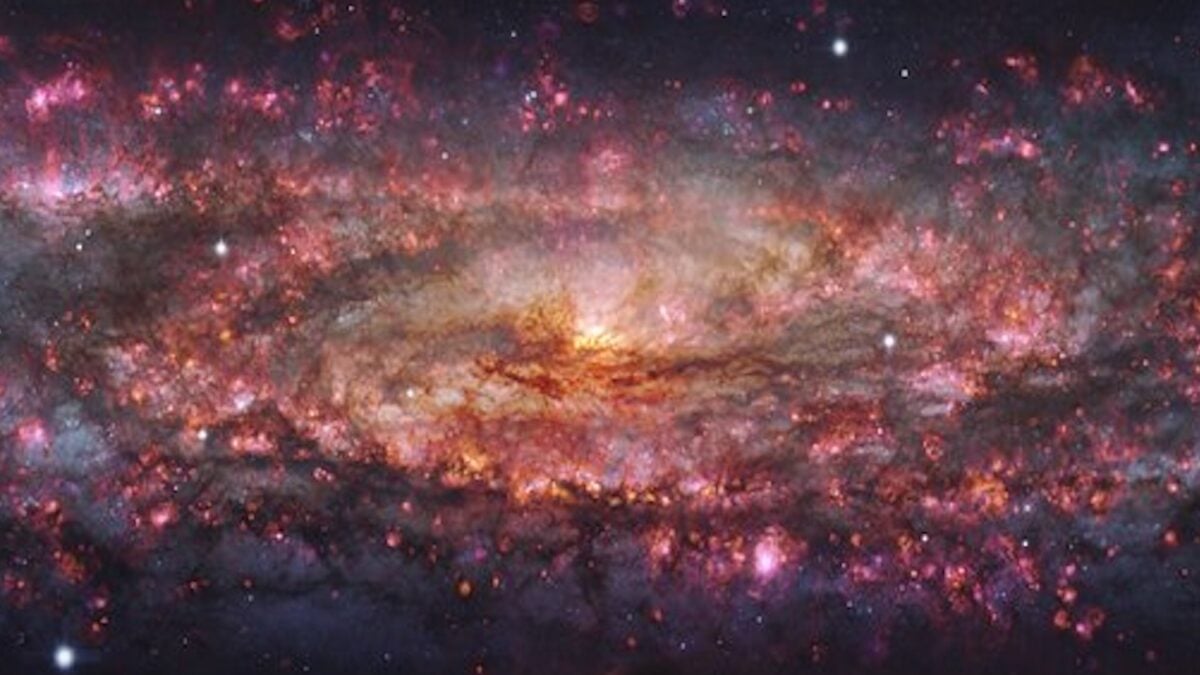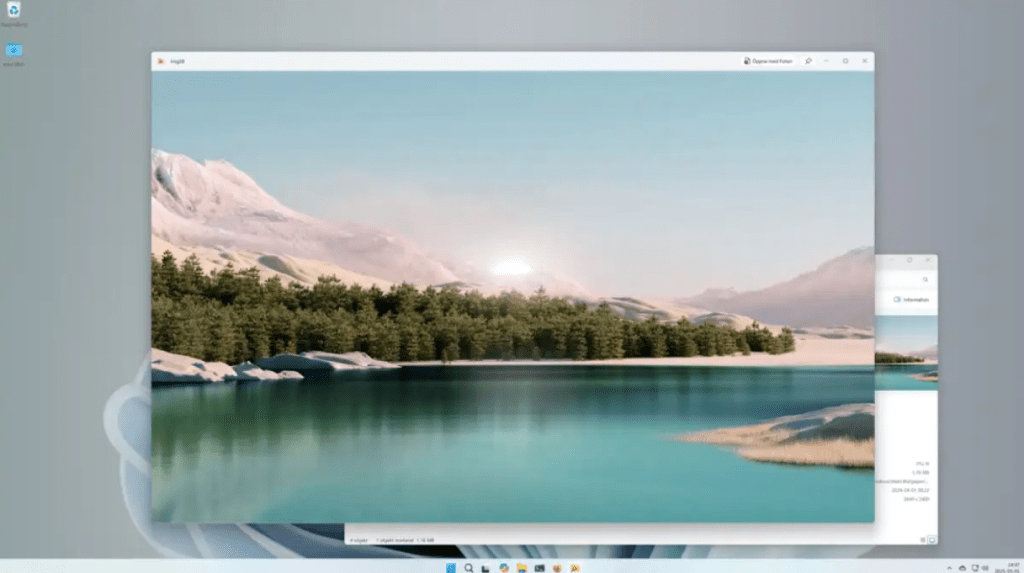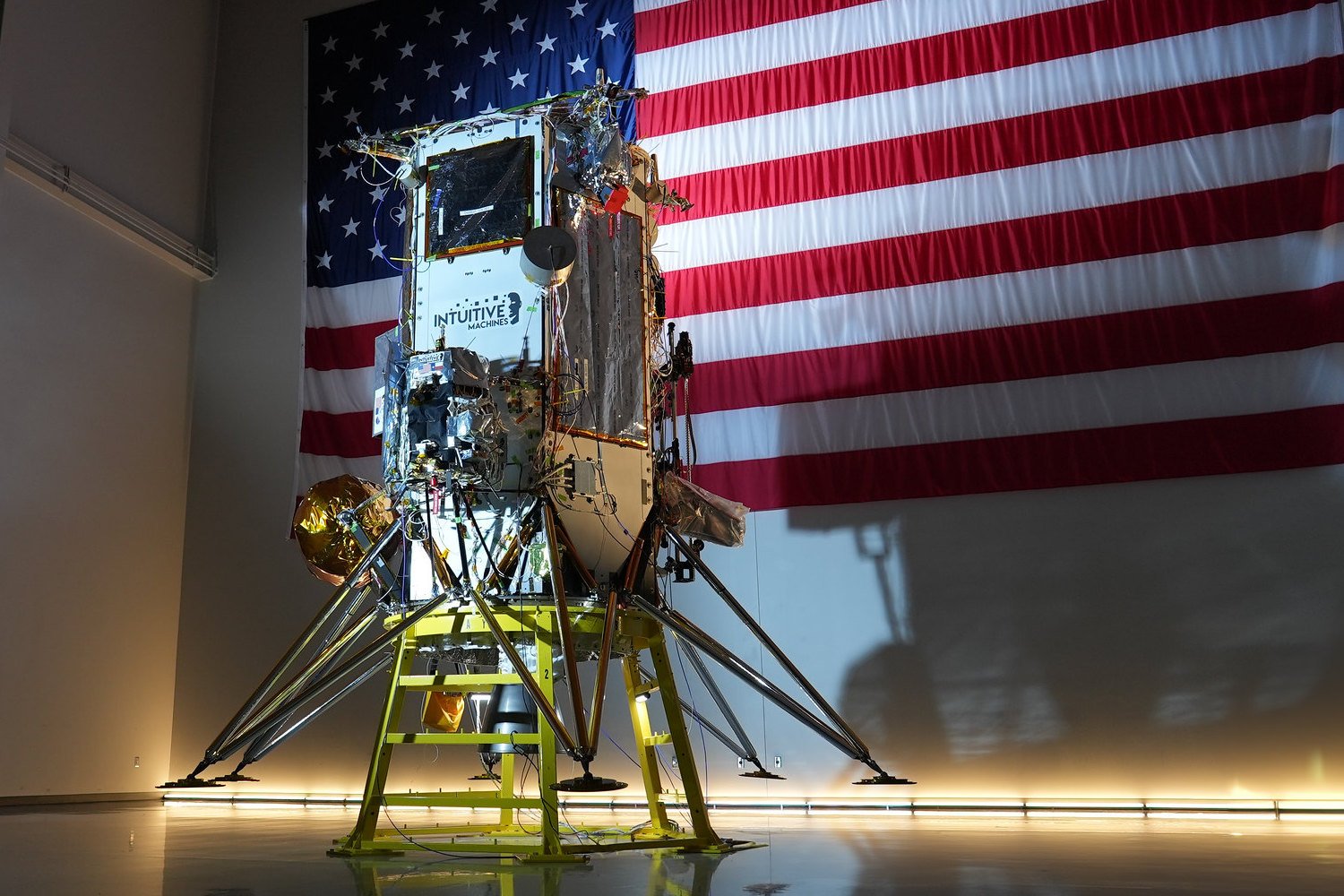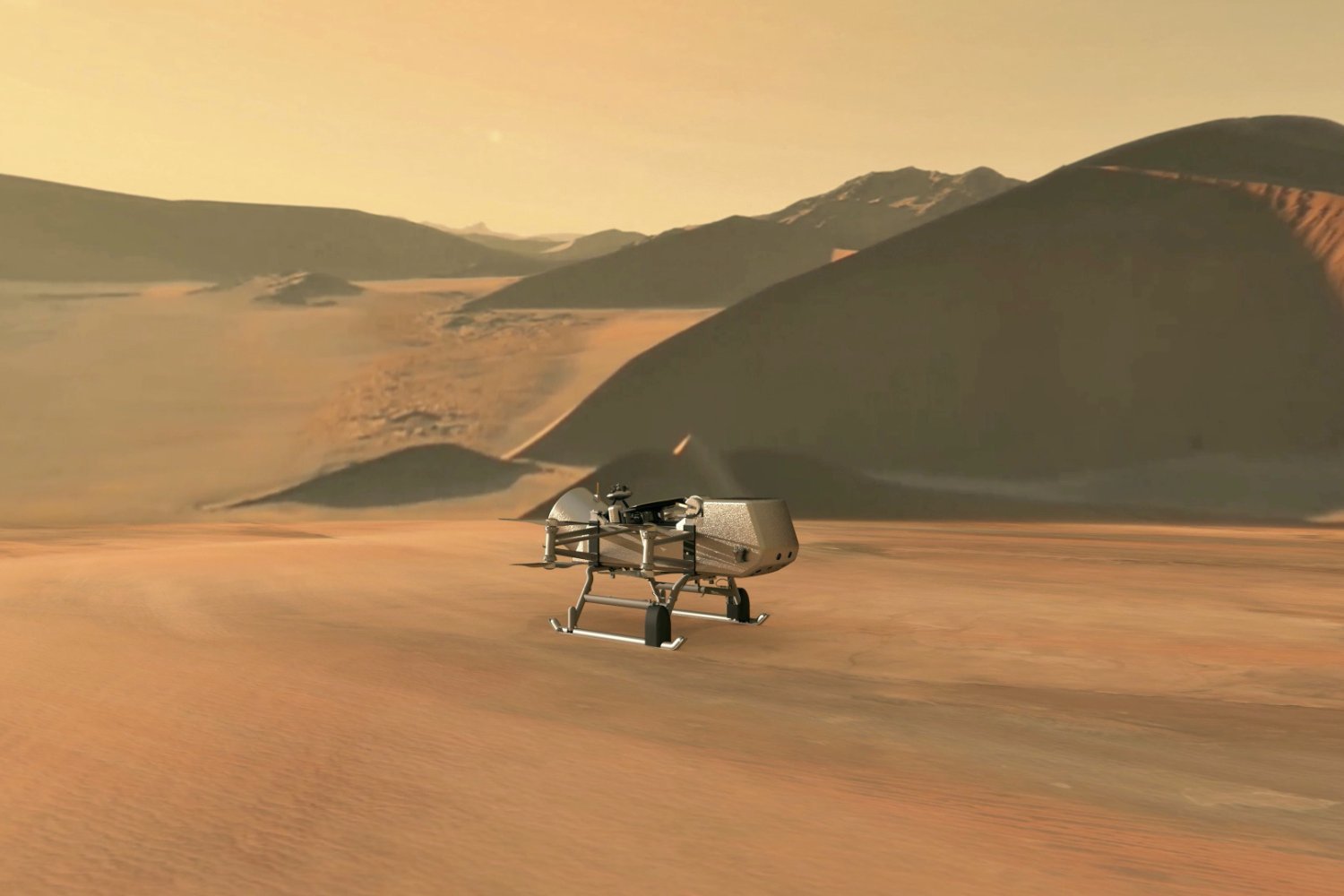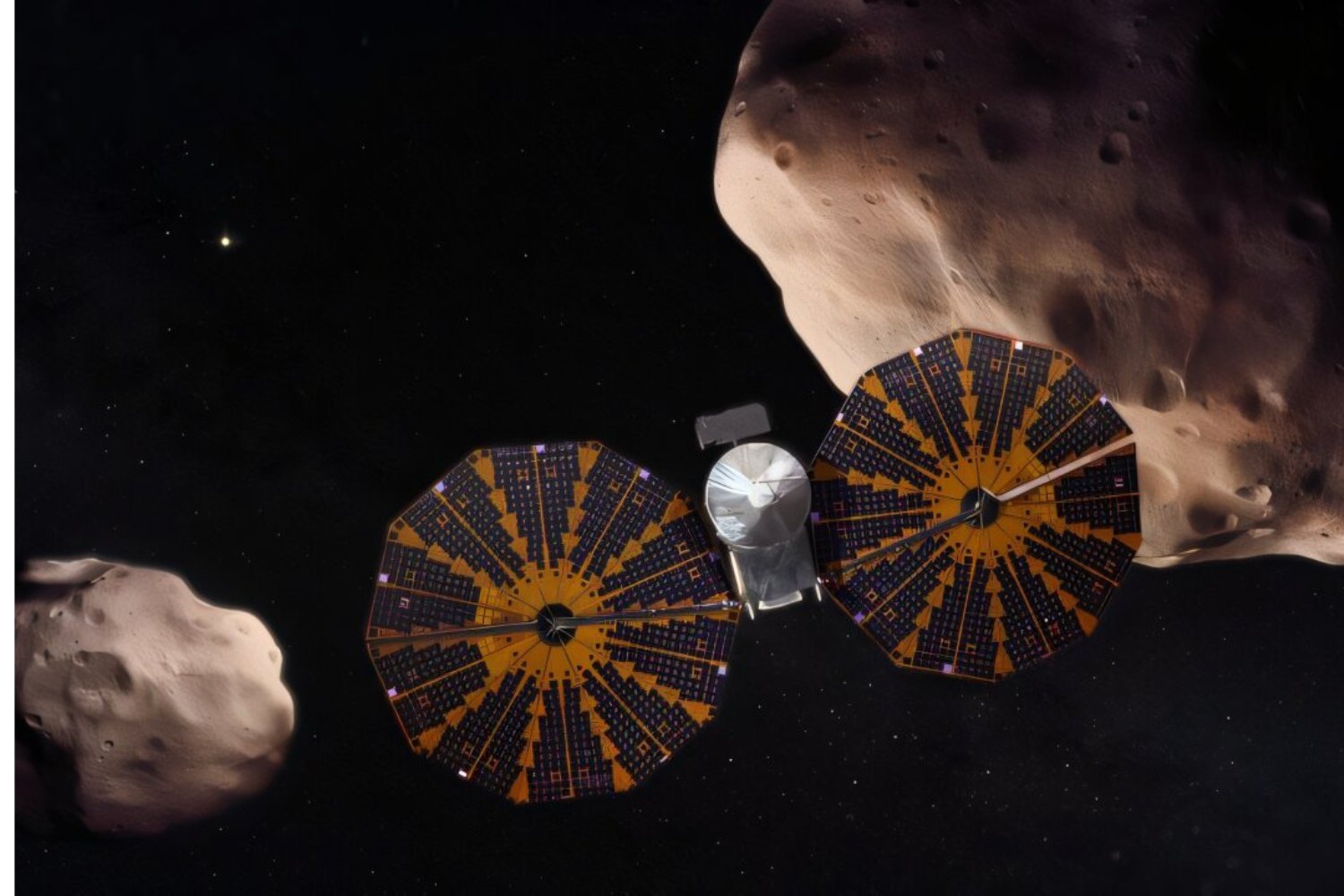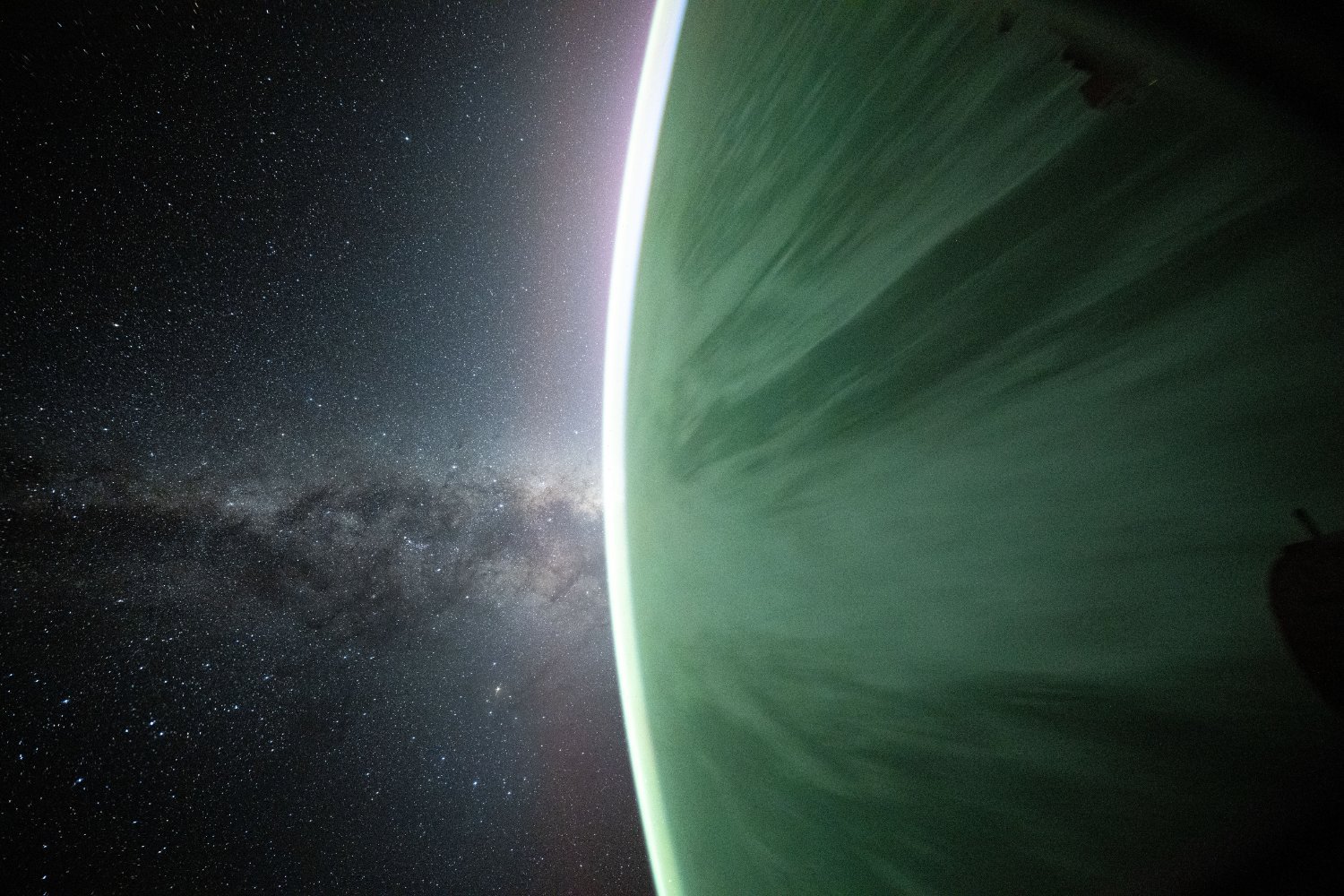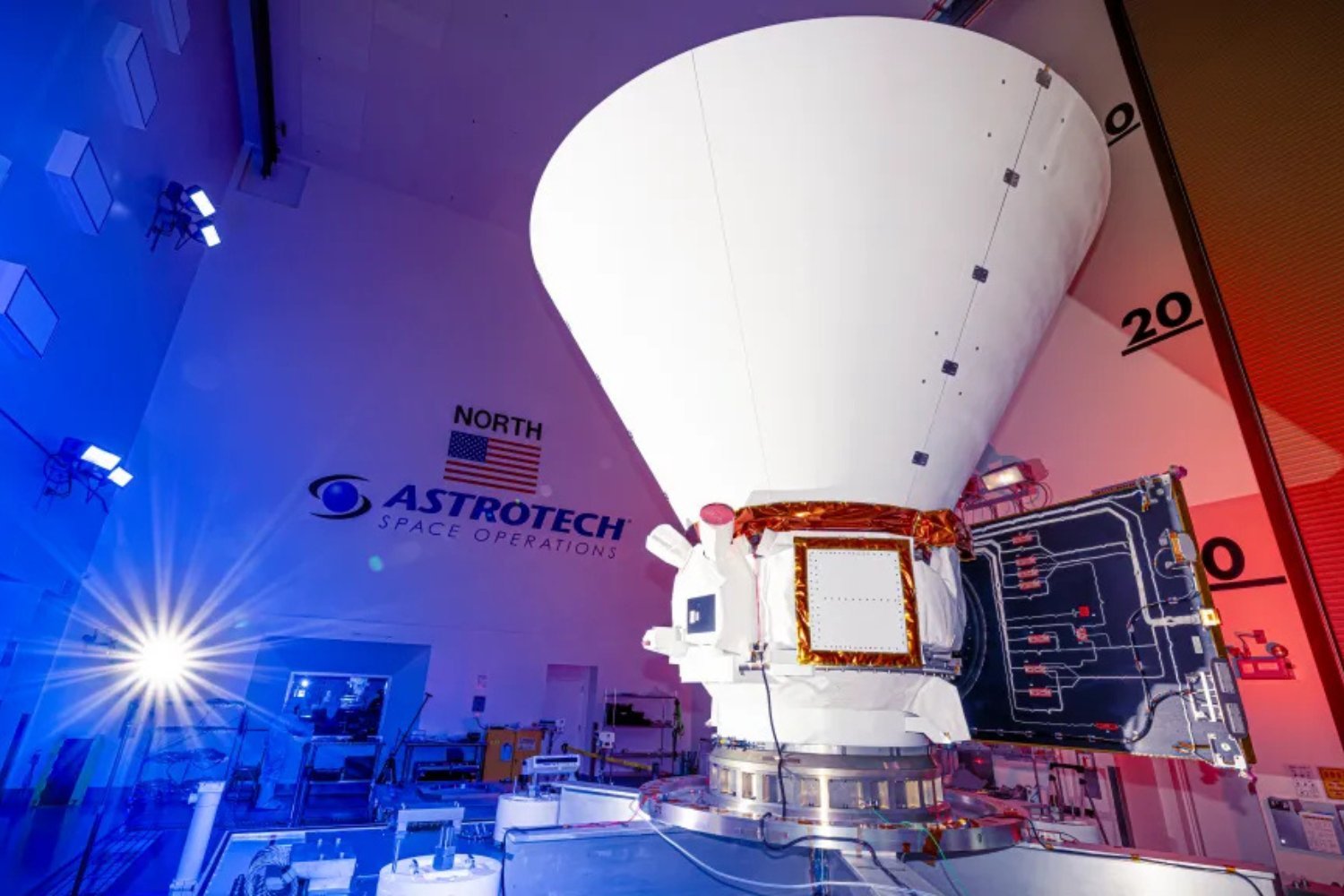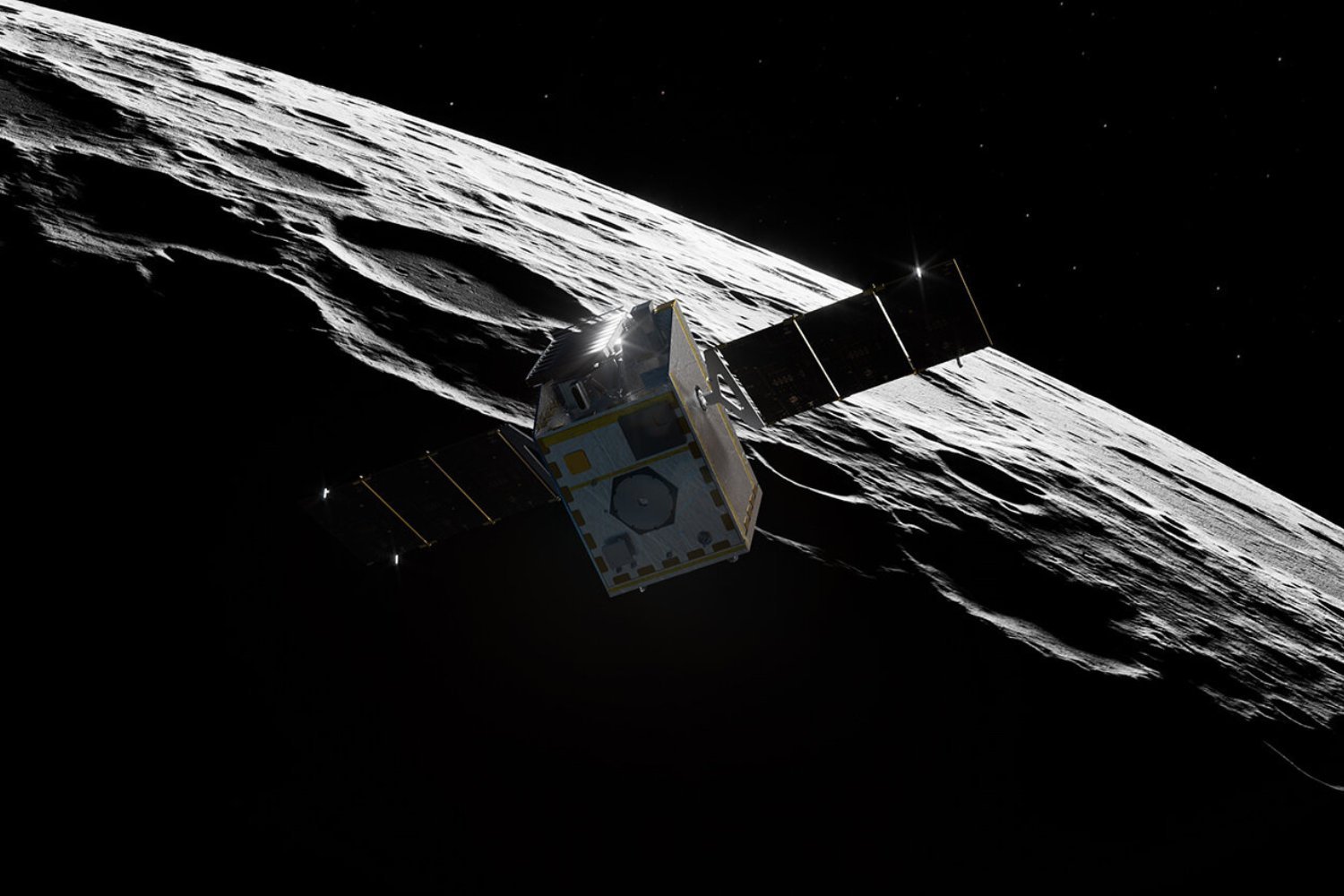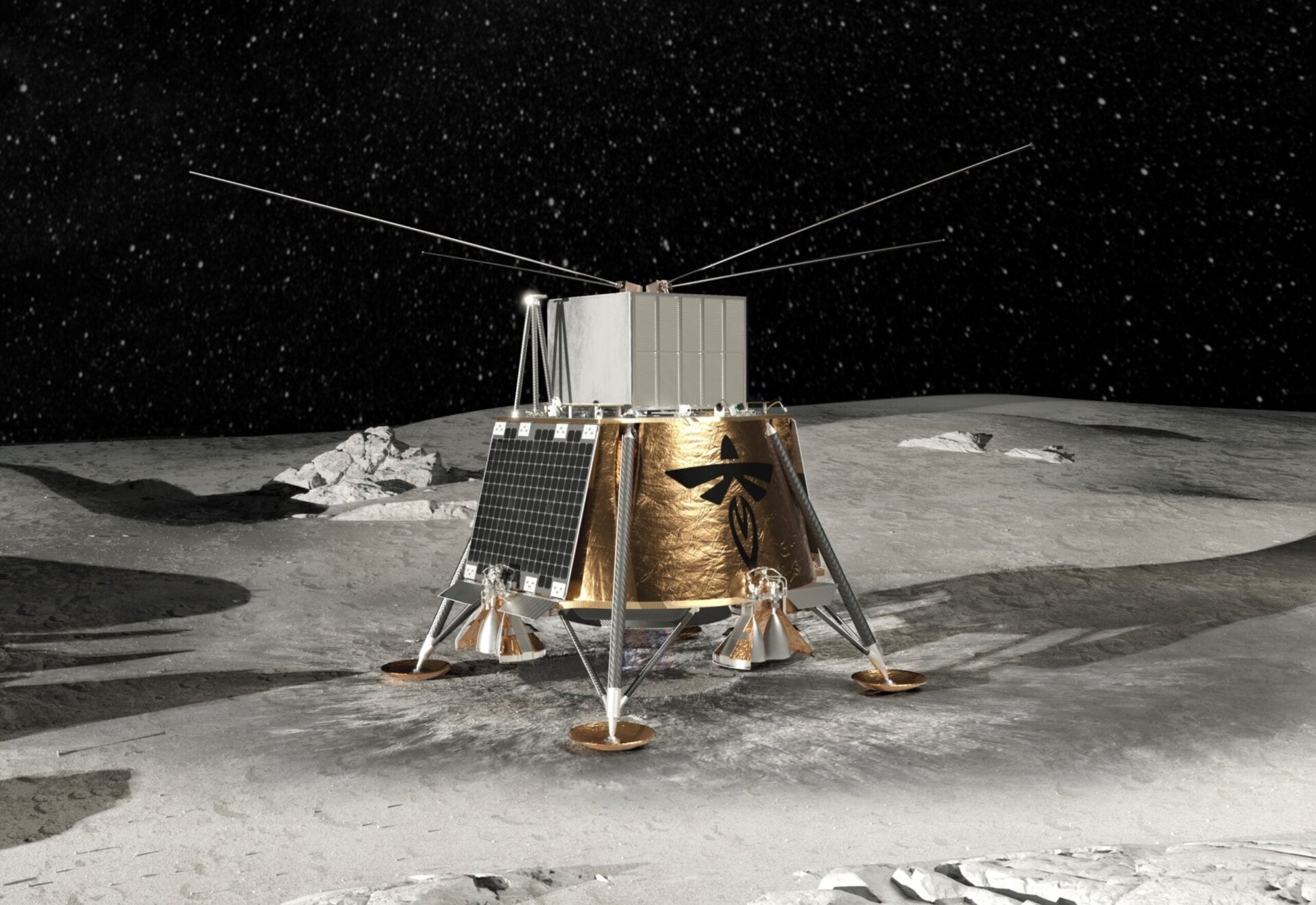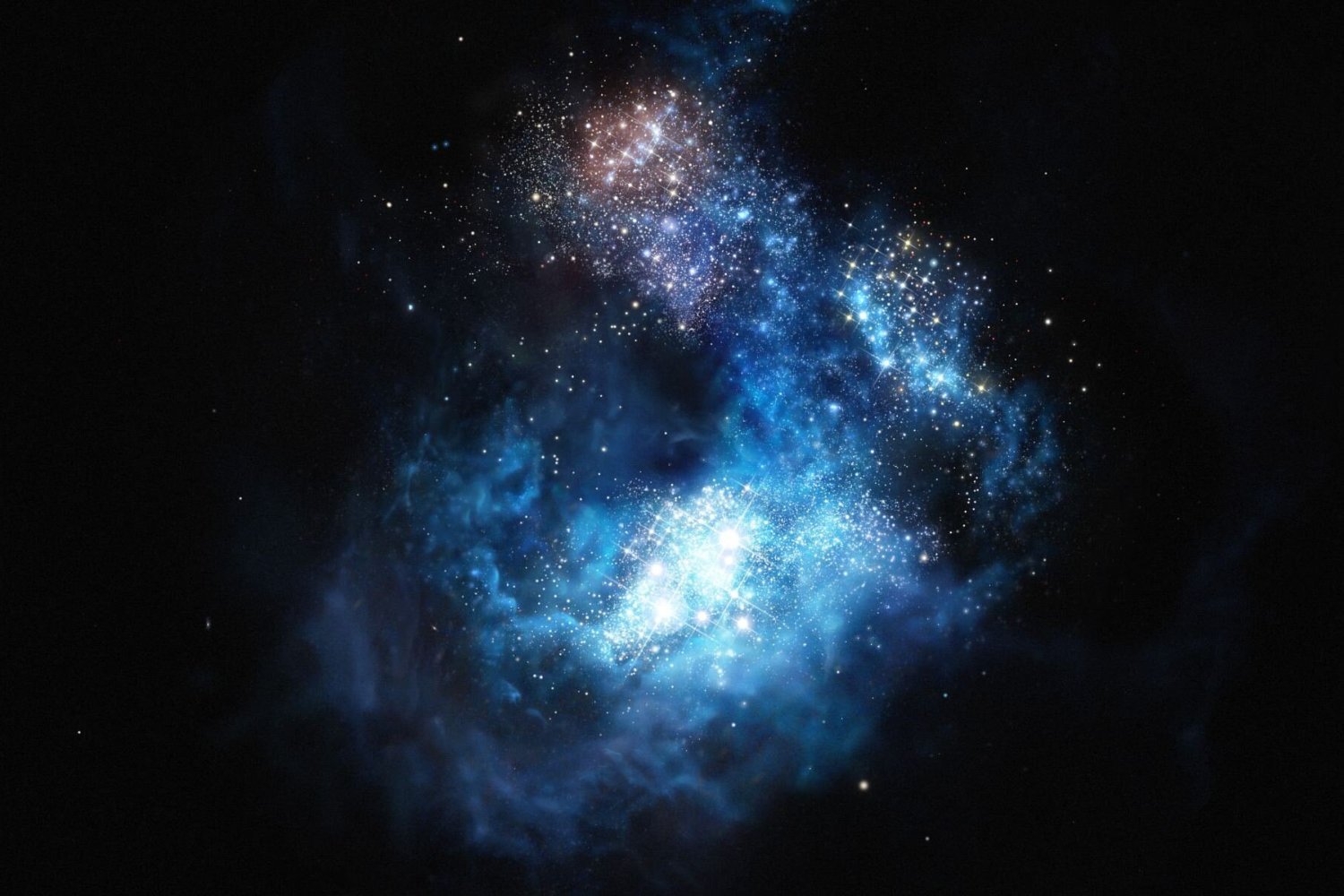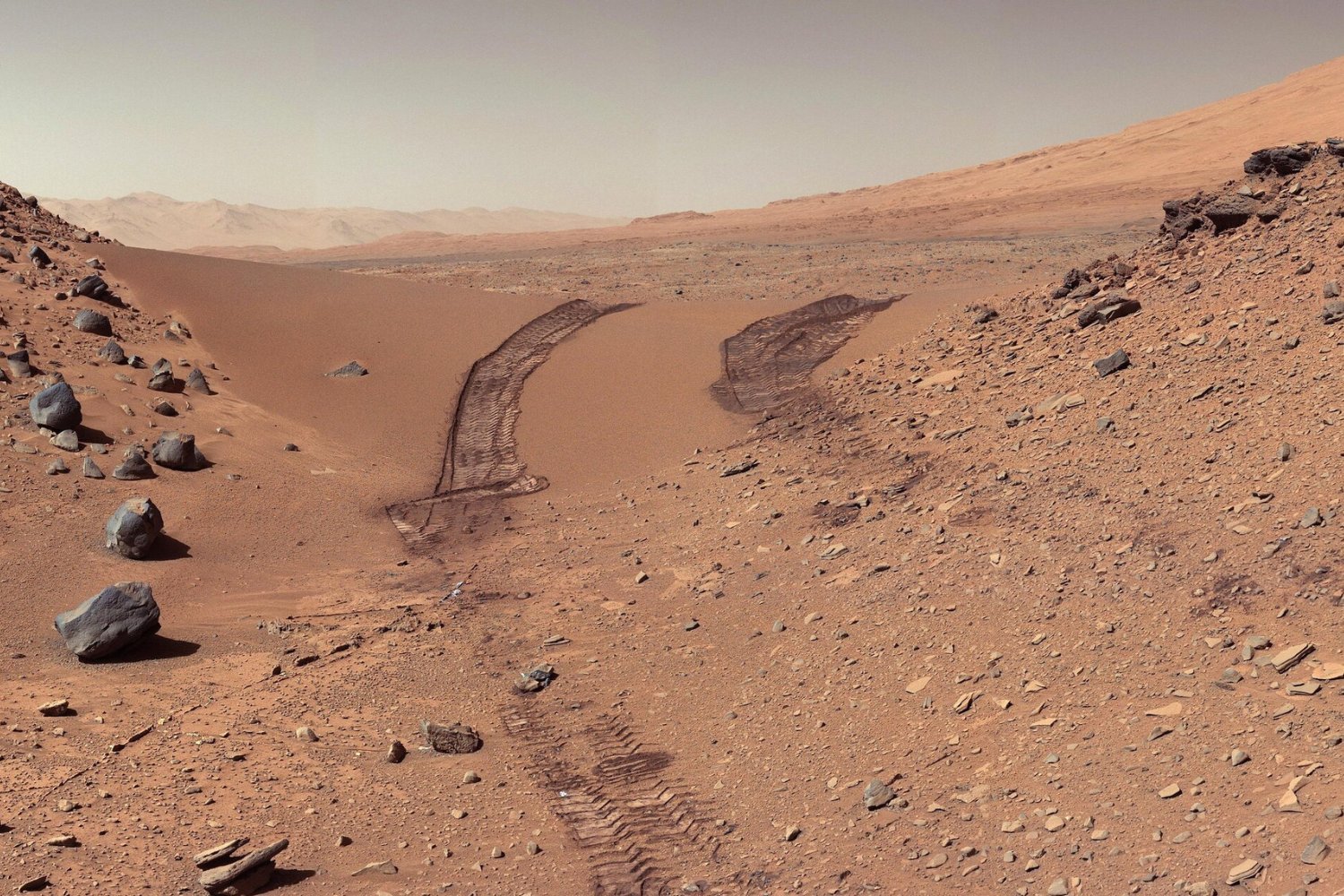A SpaceX Falcon 9 rocket is poised to launch from Kennedy Space Center on Wednesday, carrying a significant payload of scientific endeavors. This mission features three primary payloads, including a lunar orbiter, a private lunar lander, and a spacecraft designed for asteroid mining technology demonstration. An additional unidentified 16U satellite, managed by Exolaunch, will also be deployed into geostationary Earth orbit. The launch window opens on February 26, with the targeted liftoff time at 7:17 p.m. ET. However, launches are often subject to delays depending on weather and technical conditions. NASA will provide live coverage of the launch on its website. Alternative livestreams are also available from NASA Spaceflight.
Renewed Lunar Focus: Landers and Orbiters
With renewed interest in lunar exploration, two of the payloads aim to contribute to the long-term goal of establishing crewed bases on the Moon’s surface. One such payload is the Nova-C lander, named Athena, built by Intuitive Machines as part of NASA’s Commercial Lunar Payload Services (CLPS) program. Following a previous landing attempt in February 2024, where their Odysseus lander experienced a minor mishap, Intuitive Machines is aiming for a successful landing of Athena in the Moon’s South Pole region, specifically Mons Mouton. Athena carries a drill and mass spectrometer to analyze the lunar regolith for chemical components like water, carbon, nitrogen, and phosphorus, crucial resources for future human exploration.
Accompanying Athena is Grace, a Micro-Nova robot designed to explore a permanently shadowed crater, searching for water ice and capturing images. In addition to the lander, NASA’s Lunar Trailblazer satellite will orbit the Moon, mapping the distribution of water across its surface. This mission seeks to unravel the mysteries of the lunar water cycle, providing insights into its form, quantity, and location.
Asteroid Mining Takes a Leap Forward
While utilizing the Moon for a gravity assist, the Astroforge Odin spacecraft is embarking on a more ambitious journey. Founded in 2022, Astroforge aims to pioneer asteroid mining for valuable resources. Following a previous mission with challenges, Odin represents a bolder step. This mission aims to send Odin to the asteroid 2022 OB5, a potential target for future mining due to its suspected metallic composition. If successful, Odin will become the farthest-traveling privately built spacecraft. The journey to the asteroid will be a long-term endeavor.
A Potential Turning Point?
Astroforge CEO Matt Gialich acknowledges the high risks involved in this mission, stating, “This objective is going to take much longer to achieve and therefore has a far lower likelihood of success.” He further emphasized the company’s willingness to take on these risks. This launch marks a significant step forward in several space exploration frontiers. From lunar resource identification to the potential of asteroid mining, this mission paves the way for exciting advancements in space technology and resource utilization.
